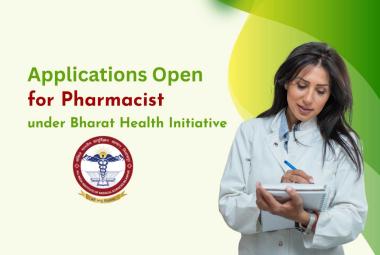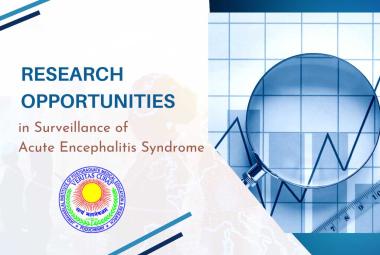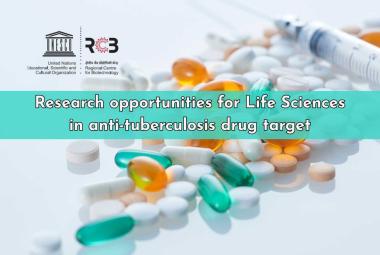AstraZeneca and its global biologics research and development arm, MedImmune, announced a three-year collaboration with the newly established Wallenberg Centre for Protein Research (WCPR). The collaboration aims to develop new technologies for biologics production and to identify new targets for disease research in the ground-breaking area of the Secretome - research into all proteins that are secreted by a cell or that are exposed to the outside of the cell from within the cell membrane.
[adsense:336x280:8701650588]
Professor Mathias Uhlén, Professor of Microbiology, KTH, and the lead author of the world’s first genome-wide map of the human proteome including the Secretome, published this year, welcomed the collaboration, commenting: “We are delighted to partner with AstraZeneca and MedImmune as it will allow us to translate the scientific findings we have made when determining the map of proteins across the body into meaningful treatments for people with a wide range of diseases.”
Commenting at a press conference in Stockholm, where the Swedish Government and other contributors announced up to $100 million funding for protein research, Pascal Soriot, AstraZeneca Chief Executive, added: “We’re tremendously excited to be part of this innovative collaboration as we explore what science can do to advance medical research. Harnessing the power of the Secretome in this unprecedented way will help us to identify new biomarkers, drug targets and ultimately develop next-generation biological treatments.”
[adsense:468x15:2204050025]
The Secretome accounts for approximately a third of all human proteins, which play a major role in most biological processes including those involved in cardiac regeneration, the maintenance of functioning cells for glucose balance, cancer proliferation and migration. This group of proteins is therefore considered to be an invaluable source for identifying new biomarkers, drug targets and for developing novel biologics.







